Moscow, a city celebrated for its unique blend of architectural styles and rich cultural tapestry, holds a surprisingly deep and multifaceted connection with France. This historical bond extends far beyond political alliances. Indeed, it represents a profound contribution to the city’s artistic, cultural, and even social fabric. From the language spoken in aristocratic salons to the very design of its grand estates, French tastes and ideas left an indelible mark. Exploring this fascinating Moscow French influence reveals a complex story of admiration, adaptation, and enduring exchange.
The Golden Age of French in Russia (18th-19th Century)
The peak of French culture Moscow absorbed came in the 18th and 19th centuries. During this period, French became the undisputed lingua franca of the Russian aristocracy. Nobles often spoke French more fluently than their native Russian. This linguistic adoption reflected a broader embrace of French enlightenment ideals, manners, and educational philosophies. Prominent French philosophers like Voltaire and Rousseau significantly influenced Russian intellectual thought.
Education for the Russian elite frequently involved French tutors and governesses. They imparted not only the language but also French etiquette and cultural norms. This widespread adoption of French created a sophisticated, cosmopolitan atmosphere within the upper echelons of Moscow society. It also laid the groundwork for deeper artistic and cultural exchange.
Literary and Artistic Echoes in Moscow
The impact of Moscow French influence is particularly evident in the arts. French literary forms and philosophical ideas profoundly shaped Russian classics. Alexander Pushkin, often considered the father of modern Russian literature, was heavily influenced by French Romanticism. Similarly, Leo Tolstoy’s الحرب والسلام famously features extensive passages in French, accurately reflecting the linguistic habits of the aristocracy during the Napoleonic era. Fyodor Dostoevsky also engaged deeply with French thought in his complex psychological novels.
In the performing arts, French theatre companies frequently toured Moscow. They performed for enthusiastic audiences. This exposure influenced Russian dramatists and the development of local theatrical traditions. French opera also found a strong following, contributing to the burgeoning operatic scene in the city.
Furthermore, French ballet masters played a foundational role in establishing the unparalleled reputation of Russian classical ballet. While Marius Petipa is strongly associated with St. Petersburg, his French pedagogical methods and artistic vision profoundly shaped the entire Russian ballet school. This influence extended to Moscow’s Bolshoi Theatre. French salon painting, Rococo extravagance, and Neoclassical purity also significantly influenced Russian artists and the interior design of aristocratic homes.
Architectural Impressions: Rebuilding Moscow
While Italian architects primarily built the Kremlin’s early structures, Moscow French influence shaped the city’s architectural landscape in later periods, especially after the devastating fire of 1812. This cataclysmic event necessitated a massive rebuilding effort. Architects, including the celebrated Matvei Kazakov, embraced a refined Neoclassical style. This style drew heavily from broader European trends, including French classicism.
Moscow’s reconstruction after 1812 saw the emergence of grand avenues, symmetrical facades, and public spaces reminiscent of French urban planning concepts. Noble estates around the city adopted elegant classical designs for their mansions. They often incorporated formal French-style gardens. These architectural expressions reflected a desire to project a modern, European image. They certainly showcased a distinct aesthetic shift.
Diplomatic Ties and Tumultuous History
The relationship between Moscow and France was not always one of cultural admiration. Diplomatic ties saw periods of both alliance and intense conflict. Early interactions under Peter the Great, who looked to Western Europe for modernization, included cautious engagement with France. However, the Napoleonic Wars brought direct military confrontation. Napoleon’s 1812 invasion of Russia culminated in the occupation and subsequent burning of Moscow.
This period of conflict, paradoxically, reinforced French cultural dominance among the Russian elite. French remained the language of sophisticated discourse even amidst nationalist fervor. Later, in the late 19th and early 20th centuries, Russia and France forged a crucial Franco-Russian Alliance. This marked a period of close political, economic, and military cooperation. This alliance significantly influenced European geopolitics leading up to World War I.
Everyday Life and Lifestyle
Beyond high culture and diplomacy, French culture Moscow embraced permeated everyday life, especially within the aristocracy. French culinary techniques and dishes became integral to aristocratic dining. Elaborate French menus were common at grand dinners. Indeed, French chefs were highly sought after.
French fashion and etiquette also dictated style and social norms. Russian nobles eagerly followed Parisian trends in clothing, hairstyles, and social graces. The elegant salons of Moscow often mirrored those of Paris. Moreover, the design of formal gardens and parks frequently adopted French aesthetic principles, emphasizing symmetry and grandeur. This created sophisticated outdoor spaces for leisure and entertainment.
Modern Connections: Continuing the Dialogue
إن Moscow French influence is not merely a relic of the past. It continues to inspire dialogue in contemporary Moscow. The Lycée Français in Moscow provides French-language education. Cultural centers, such as the French Institute in Moscow, actively promote French language, arts, and ideas. They organize diverse events, including film festivals, art exhibitions, and academic exchanges.
Contemporary collaborations in business, arts, and education further solidify this enduring bond. Many Muscovites continue to study French. They appreciate French cinema, literature, and cuisine. This demonstrates a continuous cultural exchange. It ensures the historical connection remains vibrant and relevant.
Legacy and Adaptation: A Uniquely Russian Synthesis
Ultimately, the most remarkable aspect of the France Russia culture exchange in Moscow is how French influence was absorbed and adapted. Russian masters did not simply replicate French styles. Instead, they skillfully integrated these foreign elements. They imbued them with a uniquely Russian character and sensibility. The result is a distinct architectural and cultural synthesis. It blends European elegance with Russian historical context.
The enduring visibility of this Moscow French influence is evident throughout the city. It serves as a powerful reminder of a period when Russia eagerly engaged with leading European thought and craftsmanship. This historical partnership profoundly shaped Moscow’s identity and visual landscape. It continues to inspire awe and fascination.
In conclusion, Moscow’s rich historical and cultural tapestry owes a significant thread to its deep-rooted French influence. From the widespread adoption of the French language among the nobility to the elegant architectural forms that grace its streets, France left an undeniable mark on the city. This historic interaction transcended mere cultural borrowing. It fostered a dynamic exchange that fundamentally shaped Moscow’s identity. Thus, the city stands today as a living testament to this remarkable blend of Russian spirit and French inspiration.

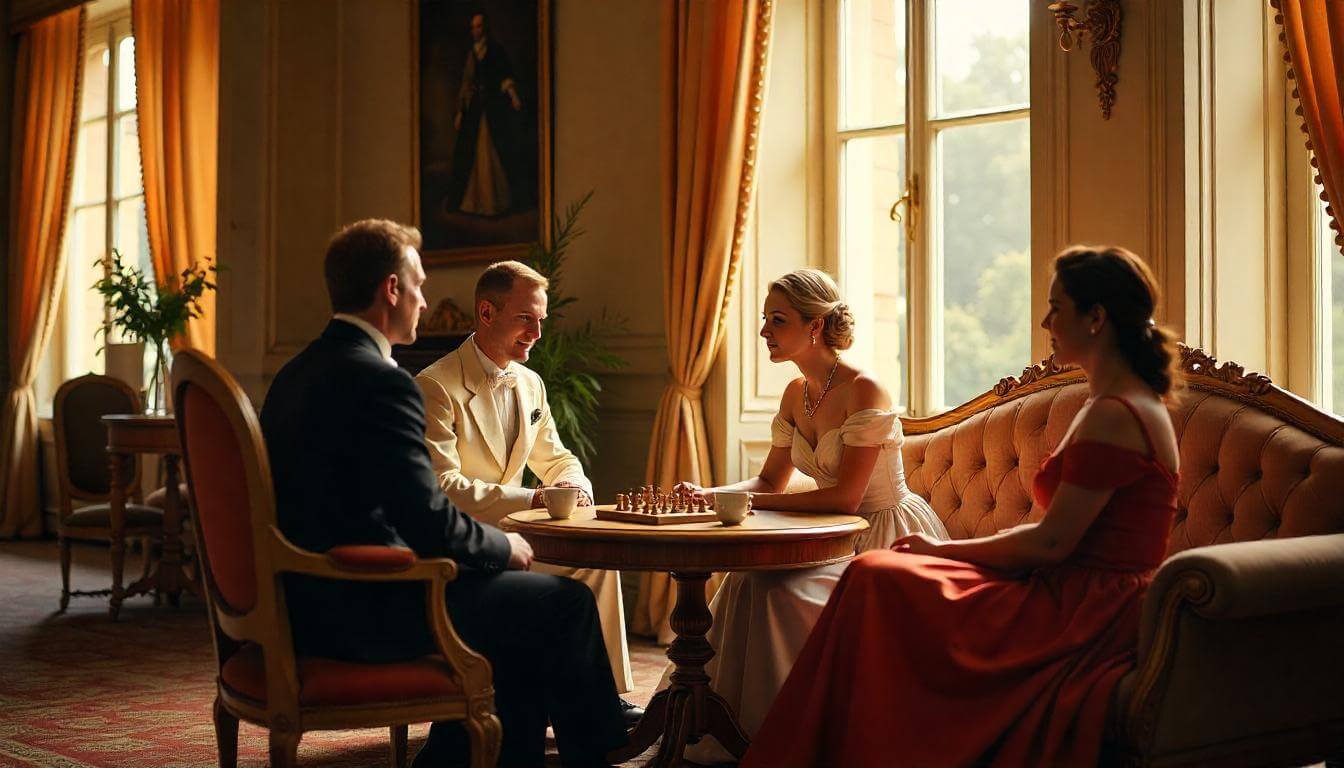 Moscow’s French Influence: Art, Culture, and Diplomatic History">
Moscow’s French Influence: Art, Culture, and Diplomatic History">

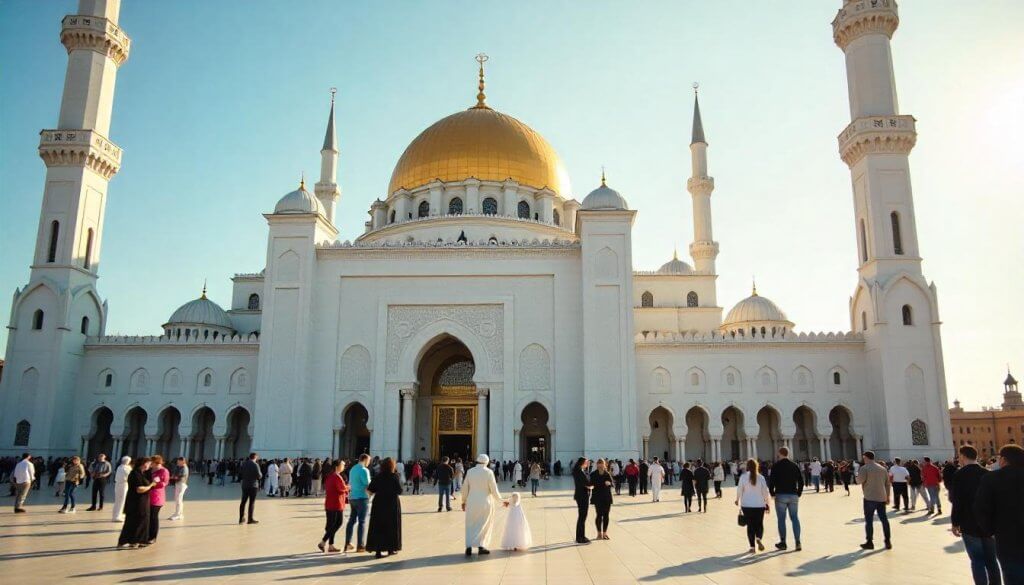 Moscow’s Tatar Legacy: Islamic Culture in the Orthodox Capital">
Moscow’s Tatar Legacy: Islamic Culture in the Orthodox Capital">
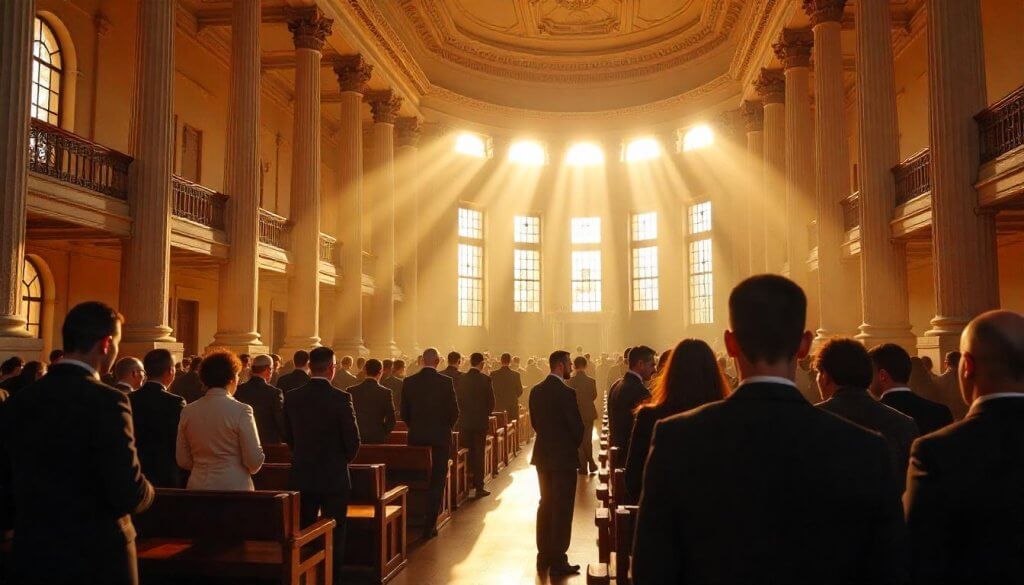 Moscow’s Jewish Heritage: Synagogues, Museums, and Cultural Centers">
Moscow’s Jewish Heritage: Synagogues, Museums, and Cultural Centers">
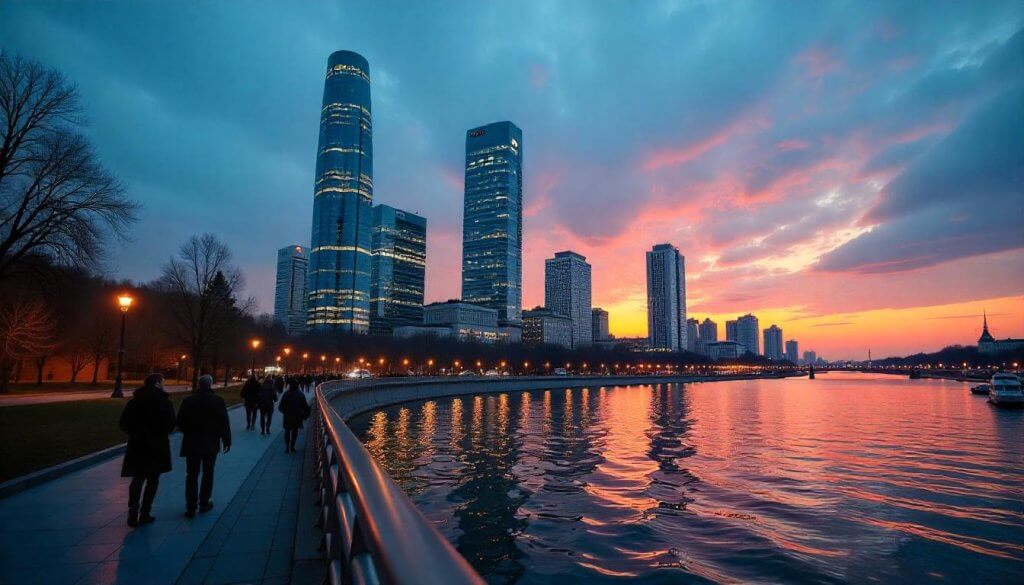 Post-Soviet Moscow: Understanding Modern Russian Society">
Post-Soviet Moscow: Understanding Modern Russian Society">
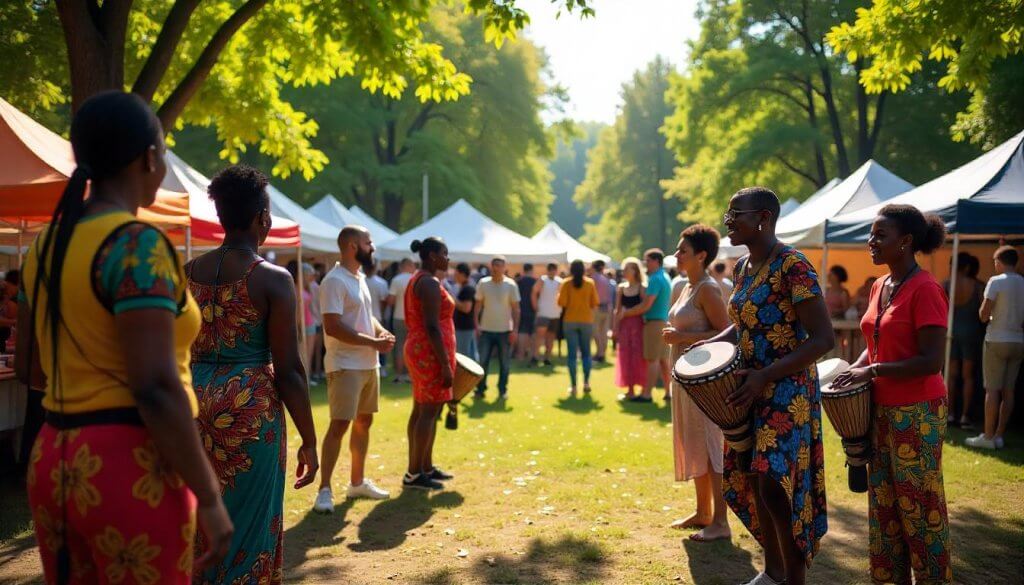 Moscow’s African Diaspora: Cultural Centers and International Communities">
Moscow’s African Diaspora: Cultural Centers and International Communities">
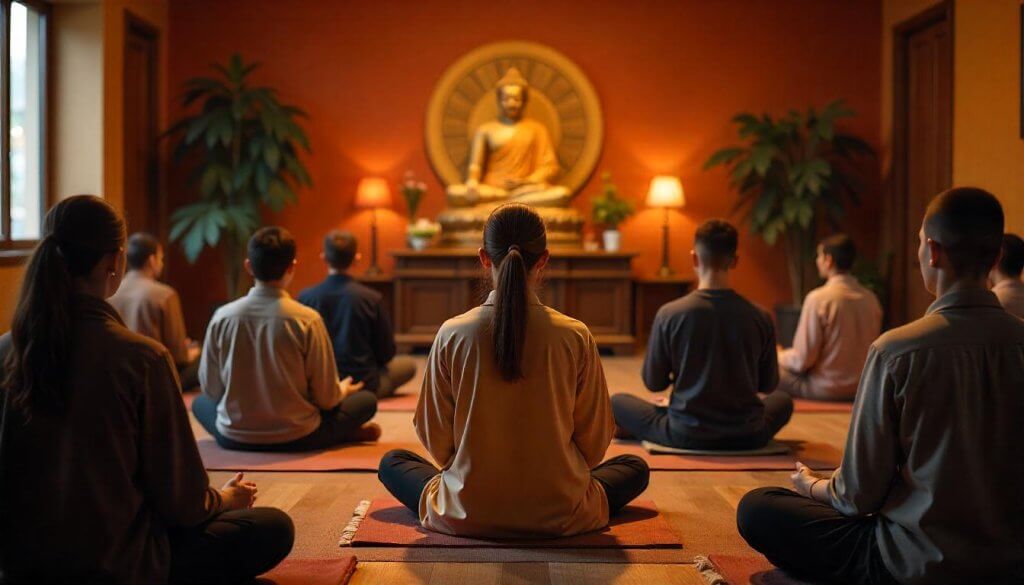 The Historical Roots of Moscow’s Asian Presence">
The Historical Roots of Moscow’s Asian Presence">
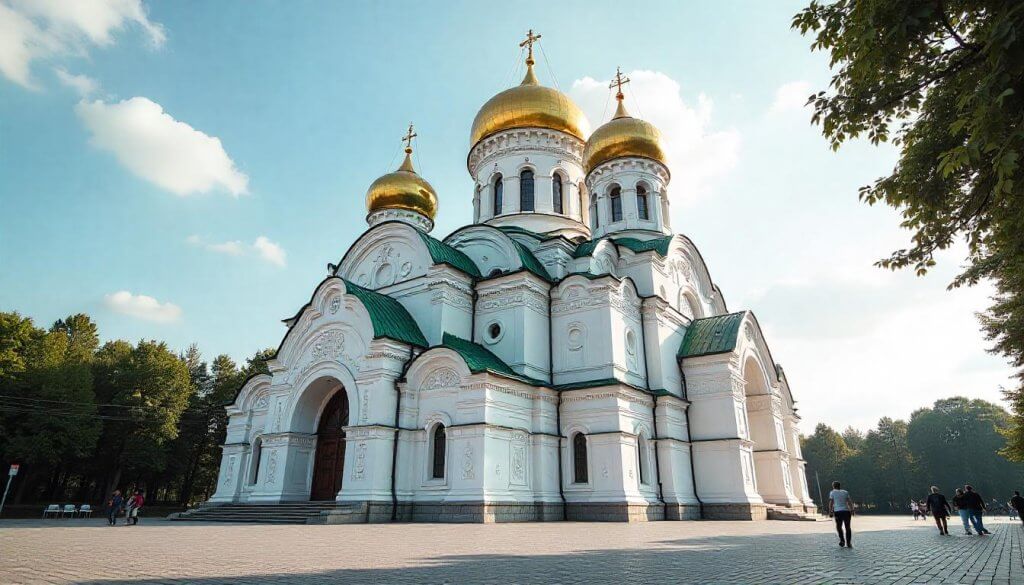 Moscow’s Italian Connection: Architecture and Cultural Exchange">
Moscow’s Italian Connection: Architecture and Cultural Exchange">
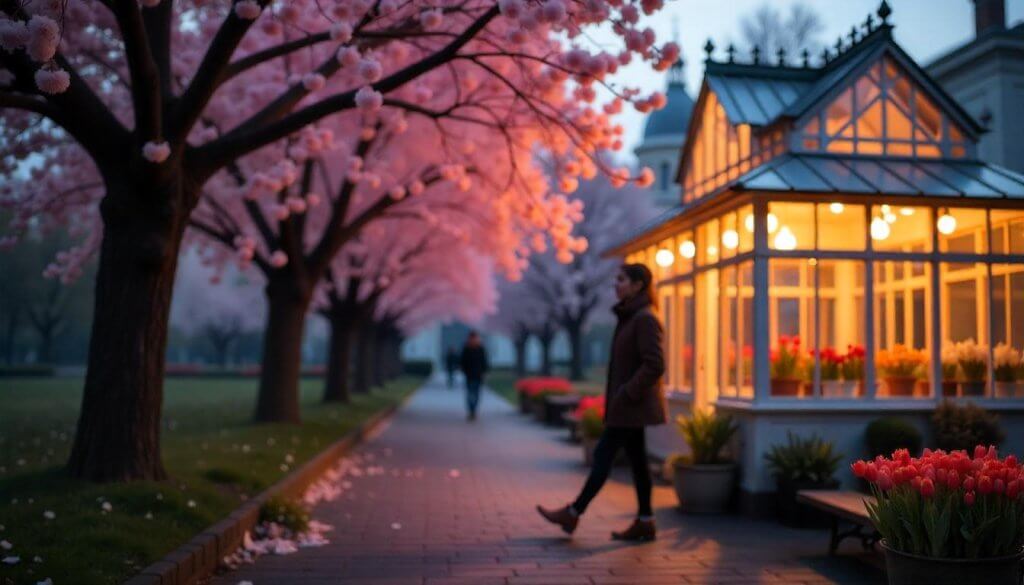 Moscow in Spring: Cherry Blossoms and Renewal Celebrations in 2025">
Moscow in Spring: Cherry Blossoms and Renewal Celebrations in 2025">
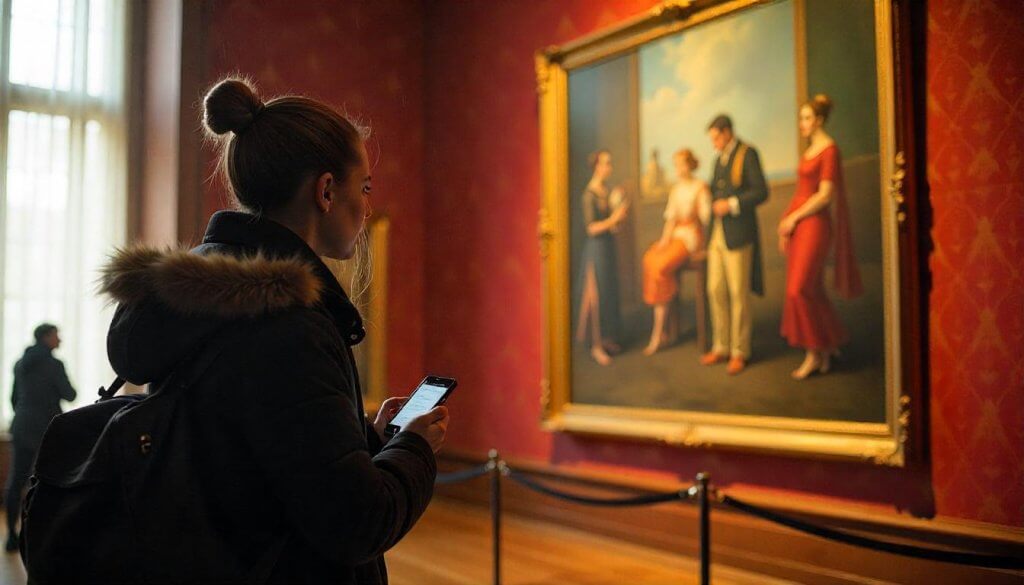 Rainy Day Moscow: Indoor Attractions Perfect for Wet Weather in 2025">
Rainy Day Moscow: Indoor Attractions Perfect for Wet Weather in 2025">
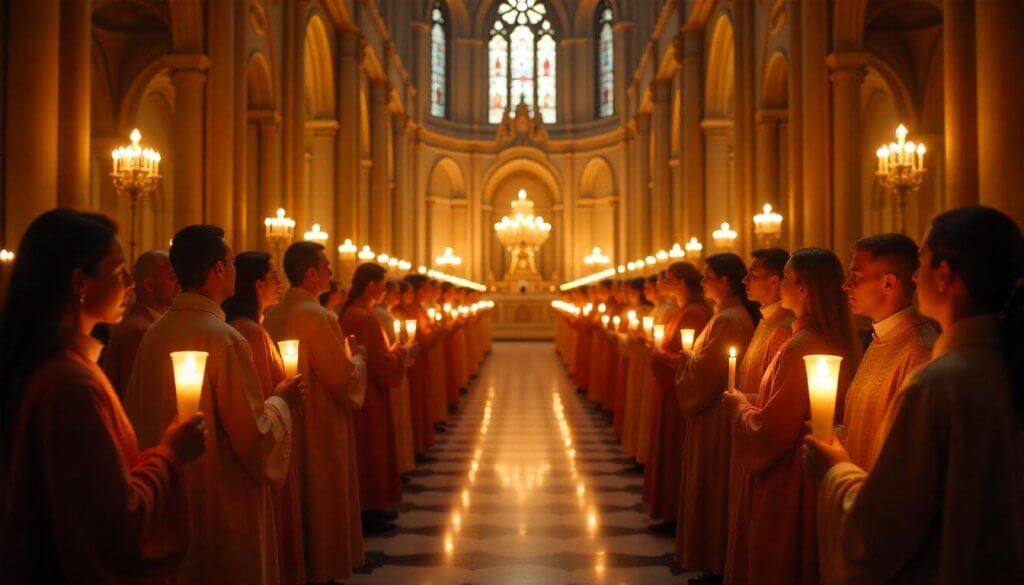 Moscow’s Easter Celebrations: Orthodox Traditions and Special Events">
Moscow’s Easter Celebrations: Orthodox Traditions and Special Events">
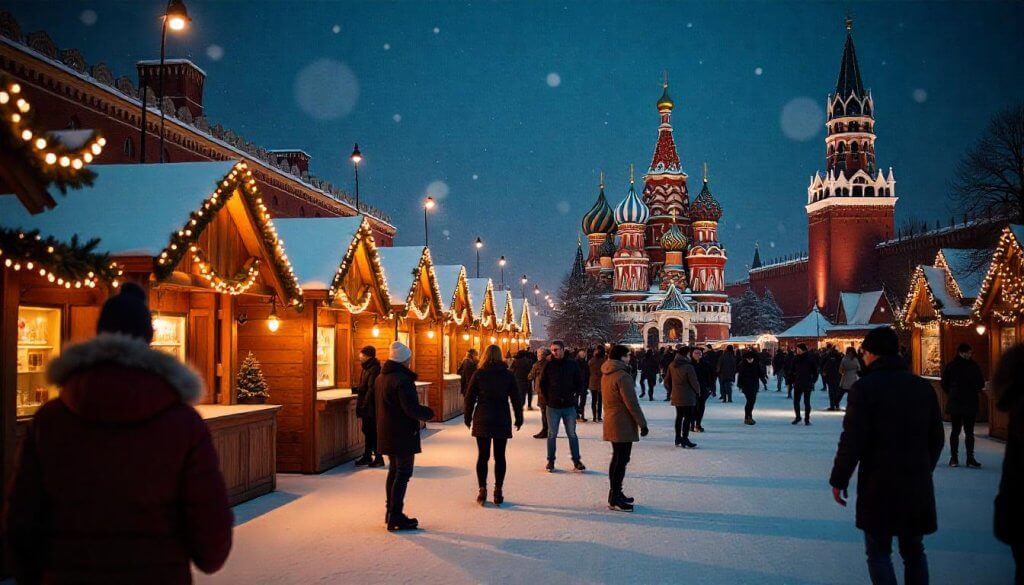 Moscow Christmas Markets: Holiday Traditions and Winter Celebrations">
Moscow Christmas Markets: Holiday Traditions and Winter Celebrations">